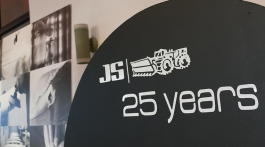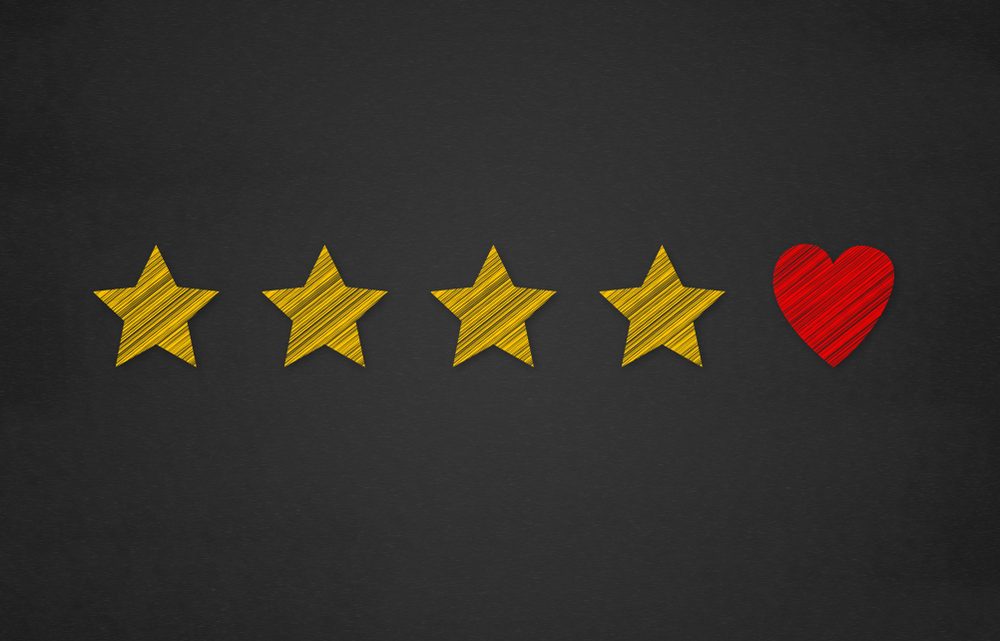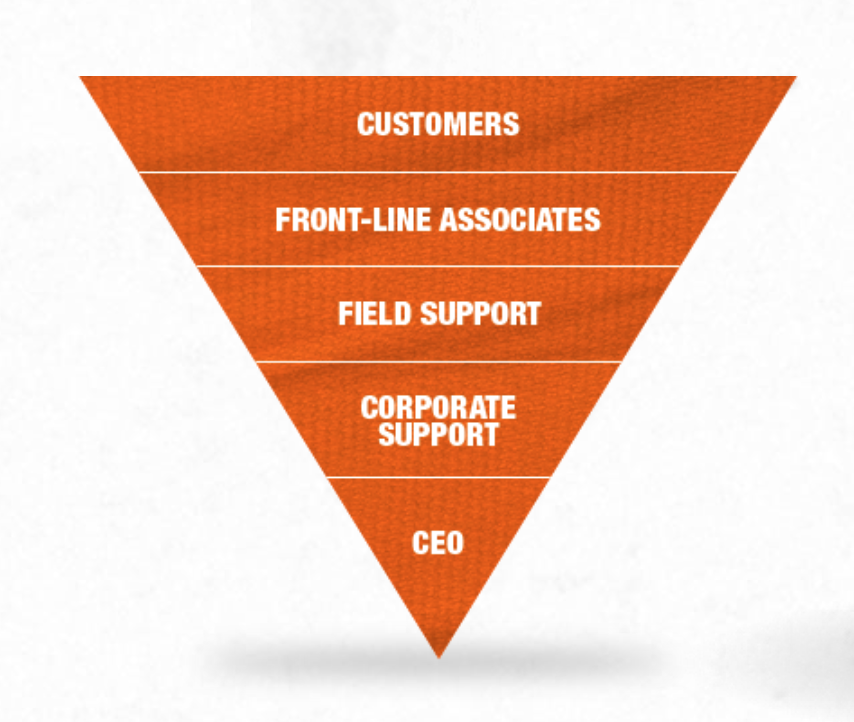By Pippa Kulmar – Retail Oasis
Building a business your customers will love is a huge topic but maybe best summarised by the founder of Walmart, Sam Walton, who said something along the lines of ‘the customer can fire everyone in the company from the chairman down simply by spending their money elsewhere’.
So that’s all well and good but what things do you need to consider when designing a business – be that in retail or not – in order to ensure your customer continues to spend (time, money, energy etc) with you.
Here’s the thing that we’ve learnt again and again – you can propose all the strategies that you want to be consumer-centric but it starts with culture, structure and leadership. If you don’t have these aligned to the customer then you won’t have consumer-centricity. You’ll just have some nice works on a page.
So here’s 3 key points to look at when designing a business to be truely customer-centric:
1. Organisational Structure: Built around the consumer:
Often with organisational structures we put the CEO and management way up the top and then the people who actually have the closest contact with the customer right at the bottom. Although we don’t mean to, this order means, we subconsciously (and sometimes consciously) see certain roles as superior to others. We set up processes to match this thought process that defer to people who have the least contact with the customer – often management. To be honest this is accepted practice in business and it does have it’s pros.
However, if you want to run a business that’s truely customer centric you have to flip this. This means understanding that the most important layer in a business is the one that has the direct relationship with the customer – which is most often the sales associate. So, the business structure needs to be designed to empower the sales associate, with all layers sitting behind and supporting this group…not inventing unnecessary processes, training or systems that can potentially get in the way of this relationship. If you want to see a business who is putting this in to practice and have a long time just look at Home Depot with their famous inverted pyramid model.
To quote Frank Blake (from the Tim Ferris Podcast), ex-CEO/ Chairman of Home Depot:
‘I have a long discussions around what the inverted pyramid means, but one of the things it means is that everything that’s important, as the CEO, everything that’s important is happening above you with the customers and the front line associates, and the folks who work in the organization, so you’ve got to figure out a way to effectively listen and effectively get them to communicate to you’.
The inverted pyramid mandates that the customer comes first in the business structure of the organisation with the CEO coming last. This focus, although hard to institute in existing companies, means that the business is focused on who it’s serving and is only building processes that support the sales associates relationship with the customer. It also mandates a different type of leadership from the CEO sometimes called – servant leadership…which brings us to our second point.
2. Business Leadership: Demonstrate Servant Leadership
Not all but most organisations that hold the customer at the heart of their organisation demonstrate a style of leadership called ‘servant leadership’. Servant leadership means that serving comes first as opposed to demonstrating dominance in order to show your authority. It reminds me of the Simon Sinek quote from his book ‘Leaders Eat Last’. Which goes something like this:
‘The true price of leadership is the willingness to place the needs of others above your own. Great leaders truly care about those they are privileged to lead and understand that the true cost of the leadership privilege comes at the expense of self-interest.’
So why does Servant Leadership matter? it matters because it’s leadership without ego which means that the CEO isn’t ‘running the ship’ but rather they are ‘serving the organisation’. Which allows the business to function in serving the customer. After all the culture of a business is set by the behaviour of it’s leadership team.
A great example of servant leadership is Kip Tindell at another American Big Box retailer, The Container Store. The Container Store is a values based business that practices one particular thing called 1 = 3. The basic tenant is the idea that one excellence sales associate is worth 3 average. So they seek out the best talent (not necessarily with retail experience) and then train + reward them…aka operate to serve them so that they can serve the customer. A fantastic quote from Tindell that sums this up:
“If we take better care of our employees than anyone else – that they in turn will take better care of our customers than anyone else. This keeps our customers coming back to see us …which ultimately benefits our shareholders, too!”
3. Company Culture: Value and Reward Intuition
Sometimes in ‘business-land’ we get so obsessed with numbers, data, and empirical proof that we forget this very special tool we have already loaded in our brains called intuition. It’s funny how much this gets ignored, questioned or doubted in preference for something historical or average like a survey.
Great consumer-centric businesses value both data and intuition in fact they frequently see intuition as a competitive advantage. To quote the iconic Jeff Bezos (who’s Amazon business is dedicated to being the customer-centric business on earth…or something like that):
‘They (great day 1 businesses) study and understand many anecdotes rather than the averages you’ll find on a survey…a remarkable customer experience starts with heart, intuition, curiosity, play, guts and taste; you don’t find any of that in a survey’.
You see a similar theme through the philosophy of Steve Jobs at Apple (and Henry Ford before him). You can’t market research your way to being customer centric (though a lot of businesses think having a research department is a tick for being customer centric), rather you have to develop the value of intuition in the business and that intuition has to be aligned with your customer:
‘People don’t know what they want until you put it in front of them – we don’t do market research…we figure out what we want and I think we’re pretty good at having the discipline to think through whether a lot of other people are going to want it too”.
One way to think about this point is that the left brain research is historic and will show you where your customer has been (though most often it’s used to defend a decision or the thing to blame if things go wrong); where as intuition (feelings, hunches, stomach butterflies) gives you a glimpse into the future or the collective conscious of the consumer. However you have to develop confidence in this magic power for it to grow.
Final Words…
These are three key areas – that truly great consumer centric businesses have developed. It’s not about the strategy you have it’s actually about the culture you foster (and by that I don’t mean having a research team or doing brand tracking once a year) – it’s a structure that values front line staff, leadership that serves the business and a culture that values intuition.
Jessica Sinclair – Senior Strategist from Retail Oasis will be a keynote speaker at the SBIA Roundtable on the 25th Of October, 2018. To purchase tickets, please click here >> https://bit.ly/2RInrxI










